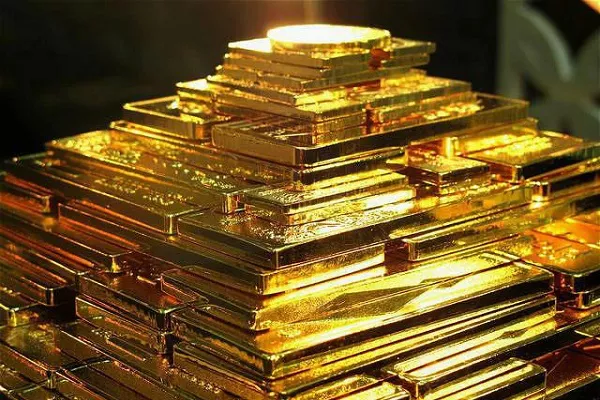Gold has long been revered for its intrinsic value, and beyond its use in jewelry and investments, dental gold plays a significant role in the realm of dentistry. The value of dental gold extends beyond its monetary worth, encompassing its unique properties, historical significance, and ethical considerations.
The Composition of Dental Gold
Dental gold, often referred to as dental alloys, is a mixture of gold and other metals designed to enhance its strength and durability. While the gold content varies, commonly used alloys contain about 60-80% gold, along with other metals like silver, palladium, and copper. This composition allows for the creation of dental restorations that are both aesthetically pleasing and functionally effective.
Properties that Enhance Dental Applications
Dental gold possesses several key properties that make it an ideal material for various dental applications. These properties contribute to its enduring value in the field of dentistry:
Biocompatibility:
Dental gold is biocompatible, meaning it is well-tolerated by the human body. This is crucial for dental restorations, as materials used in oral healthcare must not provoke allergic reactions or adverse responses. The biocompatibility of dental gold ensures that patients can comfortably wear restorations without concerns about potential harm.
Corrosion Resistance:
Gold is highly resistant to corrosion and tarnish, ensuring the longevity of dental restorations. In the challenging oral environment, where exposure to acids and other corrosive substances is common, the corrosion resistance of dental gold contributes to the durability of dental work, ultimately providing lasting value to patients.
Malleability:
Gold’s malleability allows dental professionals to craft precise and intricate dental restorations. The ability to shape and mold gold into intricate designs is particularly advantageous in creating dental crowns, bridges, and other prosthetic devices. This malleability facilitates the customization of restorations to meet the unique needs of individual patients.
Aesthetic Appeal:
The warm, yellow hue of gold has an enduring appeal, making it a popular choice for cosmetic dental restorations. While there are alternative materials available, the aesthetic qualities of dental gold contribute to its continued use in creating restorations that seamlessly blend with natural teeth.
The Historical Significance of Dental Gold
Gold has been used in dentistry for centuries, dating back to ancient civilizations. The Etruscans, Egyptians, and Romans all recognized the unique properties of gold and utilized it in dental applications. The longevity of gold in dentistry speaks to its enduring value and effectiveness in addressing dental challenges.
During the 20th century, the use of gold in dentistry reached its peak, with gold crowns and bridges becoming commonplace. The historical significance of dental gold is a testament to its reliability and the trust it has garnered over the years. Despite the emergence of new materials and technologies, dental gold continues to be a respected choice among dental professionals.
Economic Considerations: The Monetary Value of Dental Gold
Beyond its functional and aesthetic benefits, dental gold holds economic value. The value of dental gold is influenced by factors such as its gold content, current market prices, and the cost of labor involved in creating dental restorations. Patients may find that the resale value of dental gold can partially offset the initial cost of dental work.
It’s essential to note that the value of dental gold is distinct from the value assigned to jewelry or investment-grade gold. Dental gold is typically alloyed with other metals, which can affect its overall purity and, consequently, its market value. However, for those considering the economic aspects of dental gold, understanding its monetary worth is an integral part of the overall value proposition.
Ethical Considerations: The Sustainability of Dental Gold
In an era where ethical and sustainable practices are gaining prominence, the dental industry is not immune to scrutiny. Concerns about the environmental impact of dental materials, including the mining and extraction of precious metals like gold, have prompted discussions about sustainability within the dental profession.
One ethical consideration is the option of using recycled gold in dental restorations. Recycled gold is obtained from reclaimed sources, reducing the demand for newly mined gold and lessening the environmental impact associated with mining. Dental professionals and patients alike are increasingly exploring sustainable practices, and the use of recycled gold aligns with these ethical considerations.
See Also Gold ETF Funds: A Comprehensive Overview
Conclusion
The value of dental gold extends far beyond its monetary worth. Its unique properties, historical significance, and ethical considerations contribute to its enduring presence in the field of dentistry. As a biocompatible, corrosion-resistant, and aesthetically pleasing material, dental gold continues to play a crucial role in creating durable and customized dental restorations. Understanding the multifaceted value of dental gold allows dental professionals and patients to appreciate its contributions to the art and science of dentistry.


